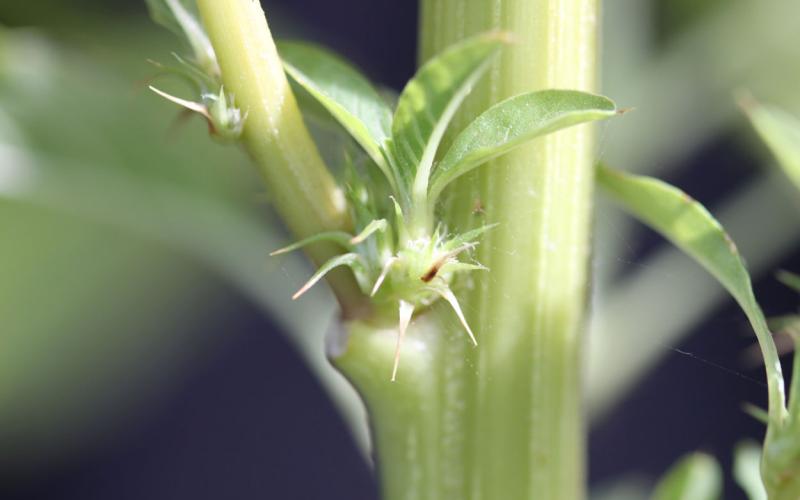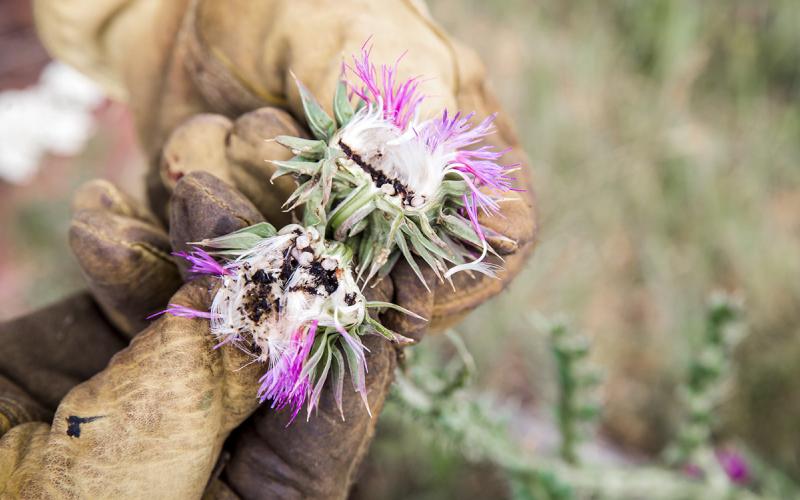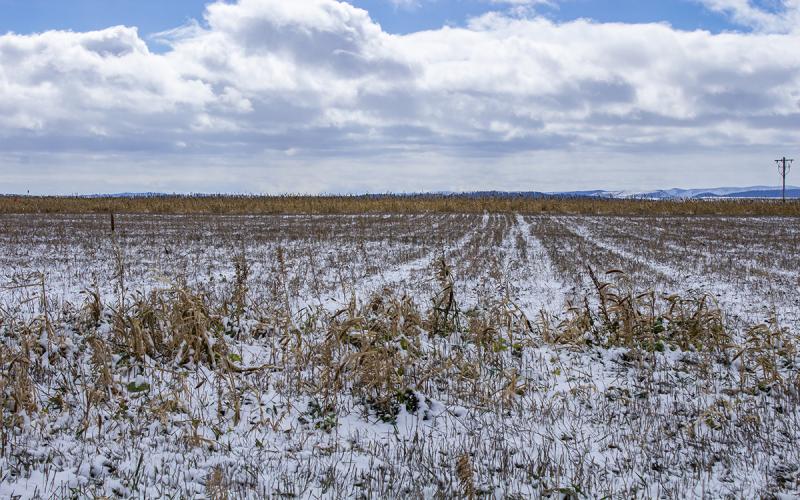Written collaboratively by Eric Jones, Philip Rozeboom, Jill Alms, and David Vos.
Preemergence herbicides should be a part of a successful weed management plan, as these applications limit the amount of early-season weed interference to limit yield loss and reduce selection pressure on herbicide-resistant weeds. As the name suggests, these herbicides are applied before the crop and weeds have emerged. These herbicides are typically applied at the time of corn planting, however, there can be restrictions due to weather conditions, labor, and machinery constraints. Most herbicides have been purchased for the growing season, but applying preemergence herbicides can be a short-notice decision.
Early Preplant Vs. At the Time of Planting

Early preplant applications can be made before seeds are even planted. This application timing will also have the opportunity for more rainfall events to move the herbicide into the soil profile. In addition, more time can be spent on ensuring all fields are planted timely, eliminating worry about following up with the sprayer that can be further delayed by weather conditions, such as rain and/or wind. While preplant applications can be beneficial, there are potential downsides as well. The longer the application is made before planting, the more time the herbicide can degrade or leach through the soil. The residual activity of the herbicide may seem shorter compared with an application at planting. Preplant applications are usually more common under no-till but can be utilized in tilled fields as well. If tillage is to be implemented, be sure not to incorporate the soil too deep, as the herbicide could be displaced below where the weed seeds are emerging. Incorporation can also be beneficial to mimic activating rainfall to move the herbicide into the soil profile where the weed seeds are germinating. If applying in a no-till field, an herbicide with foliar activity can be tank mixed to control winter annuals or early emerging summer annuals.
A preemergence application done at the time of planting ensures the maximum amount of the herbicide can interact with the weed seeds. Residual activity of herbicide applied at this timing will likely seem longer compared with the early preplant timing. Herbicides applied at this timing need approximately 0.5 to 1 inches of rainfall within a week to to move the herbicide into the soil profile where weed seeds are germinating. If this rainfall is not received within a week, weeds will emerge through the herbicide layer on the soil surface. Since planting can be a priority over spraying, this timing can be delayed if weather conditions (such as rain and wind) are not favorable. If the application is delayed too long, weeds may begin to germinate and a postemergence herbicide should be applied sooner than later.
Considerations
When to apply preemergence herbicides should be a decision made on a field scale rather than a farm scale. Some fields may benefit from an early preplant application, while others may benefit from an at-planting application. Consider the production practices and weed species present in each field before making a decision. While weather can be unpredictable, watching the forecast before planting may aid in the decision to spray preemergence herbicide before or at planting. Weather forecasts after the application timing may likely also dictate when postemergence applications occur. Be sure to continuously scout fields to ensure the postemergence herbicide is applied timely.
Not all herbicides can be applied early preplant or at the time of planting. Refer to the latest South Dakota Pest Management Guide - Corn and the specific herbicide labels before making any application.


